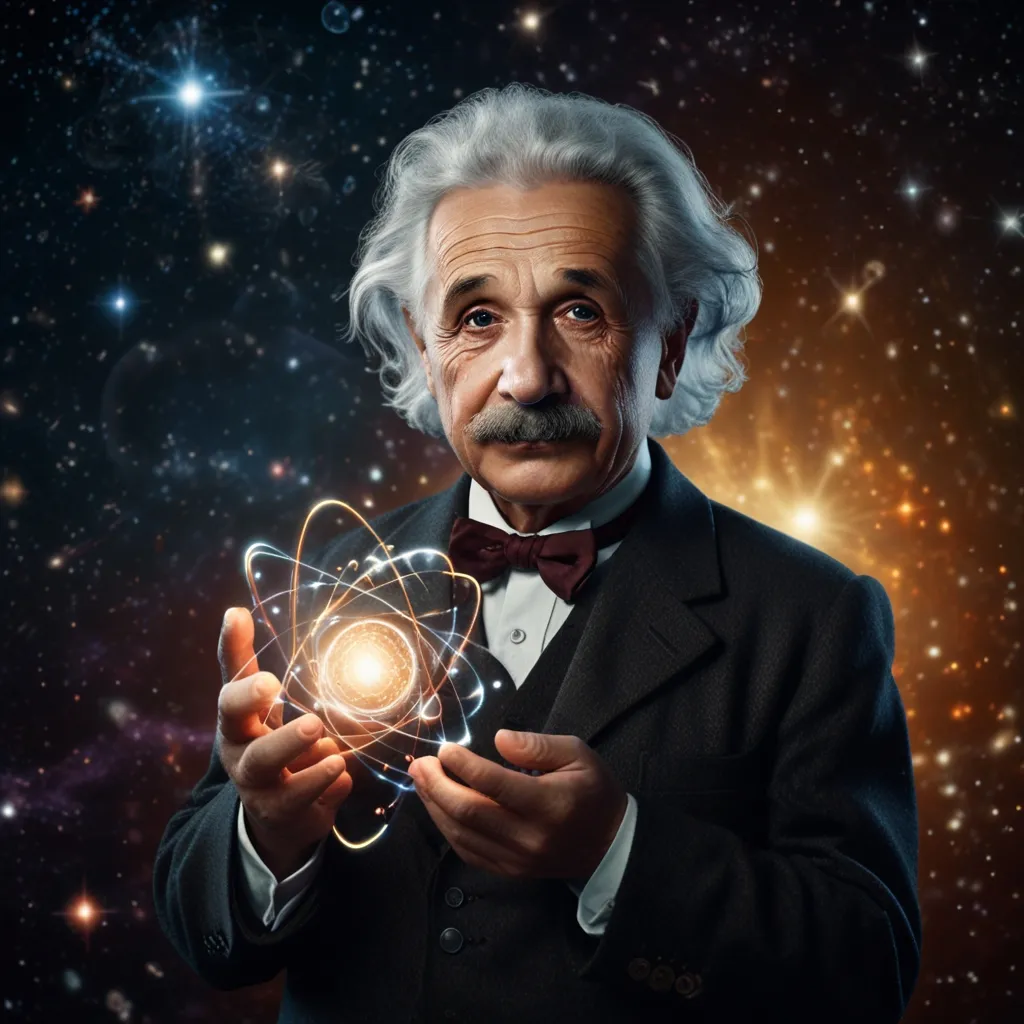At the turn of the 20th century, the realm of physics seemed close to being entirely understood. Notably, the U.S. Patent Office commissioner in 1899 allegedly remarked, “Everything that can be invented has been invented.” Boundless confidence in classical physics prevailed, as the industrial revolution thrived. Only a few unresolved problems seemed to stand in the way of mastering physics.
Then came 1905. Albert Einstein unleashed the special theory of relativity, challenging the rigid Newtonian concept of space and time. Just a short while later, the discovery of the atomic nucleus by Rutherford shattered the classical perspective further. In a stark realization, it became evident that the classical world didn’t align with reality.
Classical physics faltered when explaining atomic structure. For instance, the hydrogen atom consists of a negatively charged electron and a positively charged proton. According to classical electromagnetism, the electron should orbit the proton, similar to how Earth orbits the Sun due to gravity. But there’s a hitch: an accelerating electron should emit electromagnetic waves per Maxwell’s equations. This radiation would sap the electron’s energy, causing it to spiral into the proton and ultimately lead to the collapse of the atom. Obviously, that’s not what happens—Niels Bohr provided a solution.
Bohr proposed that electrons occupy distinct orbitals and can gain or lose energy only in specific amounts, not continuously. This ingenious idea helped stabilize the atomic model. However, this insight was incomplete without Max Planck’s groundbreaking work. Planck initiated the quantum revolution around 1900, introducing the concept of quantized energy.
Planck’s formula pointed to energy being quantized in discrete packets, connected by Planck’s constant. This constant, intriguingly, linked energy and frequency, highlighting that energy changes were not continuous but occurred in jumps. Building on this, Bohr theorized that electrons possessed angular momentum that was also quantized. This explained the stability of electron orbits and the emission of photons when electrons shifted between energy levels.
To grasp the implications further, consider the famous double-slit experiment. When particles like electrons pass through a slit, they produce an interference pattern separate from classical physics’ predictions. Essentially, it confirmed the wave nature of particles, leading to the Heisenberg Uncertainty Principle. This principle dictates a fundamental limit to how precisely we can know both the position and momentum of a particle.
Bohr’s model and Planck’s constant laid the groundwork for quantum mechanics. At the quantum level, particles do not have definite positions or velocities but exist as probabilities and predictions. The uncertainty principle illustrates that this isn’t just a measurement issue; it’s a fundamental property of nature itself.
So, while the Bohr model is useful for teaching and basic calculations in chemistry, it’s essential to understand the Heisenberg Uncertainty Principle for a more precise depiction of reality. In everyday life, uncertainty is negligible for macroscopic objects, like a tennis ball. However, for subatomic particles, these uncertainties drive the counterintuitive phenomena of quantum mechanics.
Embrace that our understanding of the universe extends beyond classical logic. Quantum mechanics reveals a world that is probabilistic and often defies common sense. Yet, this bizarre, inscrutable quantum realm is the foundation of everything we see and experience.






